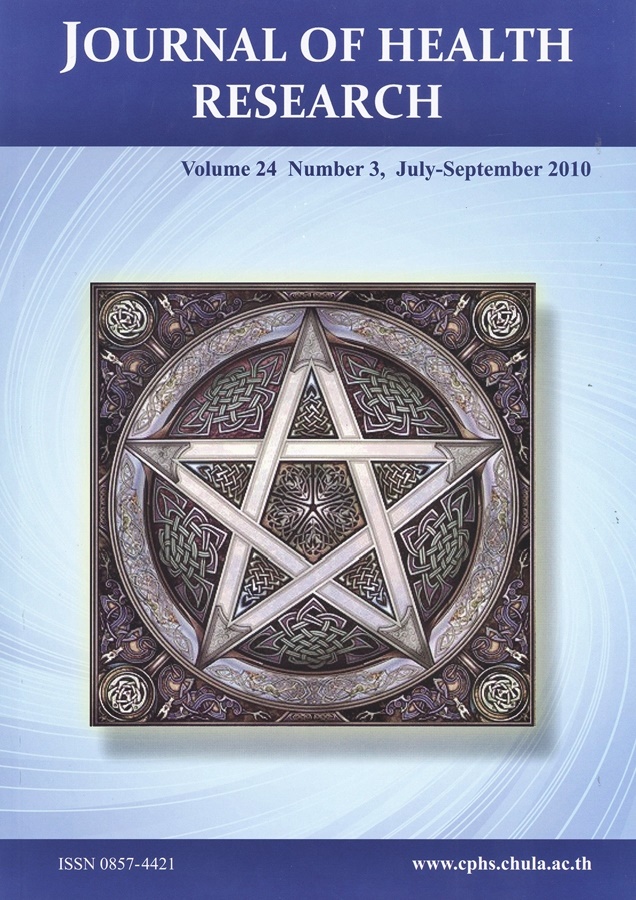Effects of Curcuma comosa Extracts on Phase II Drug-Metabolizing Enzymes in Rat Livers
Keywords:
Curcuma comosa, drug interaction, UDP-glucuronosyltransferase, sulfotransferase, glutathione Stransferase, NAD(P)H quinoneoxidoreductaseAbstract
On the process of drug research and development, drug interaction study is required either preclinically or clinically. Modulation of drug metabolism is one of the etiology of drug interaction resulting in reduction of drug efficacy or in the other hand, increase of drug toxicity. This interaction is mostly associated with induction or inhibition at phase I or phase II metabolism. The objective of this study was to investigate effects of Curcuma comosa hexane and ethanolic extracts on phase II drug metabolizing enzymes involving in drug metabolism such as UDP-glucuronosy-ltransferase (UDPGT), sulfotransferase (SULT), glutathione S-transferase (GST), and NAD(P)H quinoneoxidoreductase (NQOR) in rat livers. Fifty male Wistar rats were randomly divided into 5 groups of 10 rats each. Rats in the control group were given corn oil at 1 ml/kg/day whereas rats in group 2 and 3 received C. comosa hexane extract (which was dissolved in corn oil) orally at dosages of 250 and 500 mg/kg/day. Rats in group 4 and 5 received C. comosa ethanolic extract orally at dosages of 250 and 500 mg/kg/day. At the end of the extract administration (30 days), rats were anesthesized. Microsomes and cytosols were prepared from the livers for enzyme activity assays. The results showed that C. comosa hexane extracts at the dosages of 250 and 500 mg/kg/day significantly increased UDPGT activity whereas NQOR activity was significantly increased when C. comosa hexane extract at 500 mg/kg/day was given. Both extracts did not affect SULT and GST activities. These results indicated that co-administration of C. comosa hexane extract with some drugs that are metabolized by UDPGT and/or NQOR may affect drug level resulting in reduction of efficacy or increase of adverse drug reaction. In addition, an increase of UDPGT and NQOR activities by C. comosa indicated a potential benefit of this plant for a decrease of risks from chemical-induced carcinogenesis and/or mutagenesis. Effects of C. comosa extracts on other phase II drug metabolizing enzymes should be further explored.







